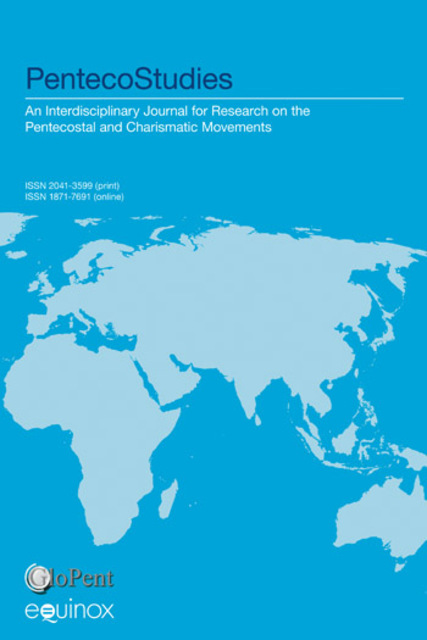The Contextual Significance of Clothes and Jewellery: Lived Religion among Pentecostals in South India

Full description
This article examines the significance of clothes and jewellery among Pentecostal middle-class women in Bangalore, South India. It discusses how they position themselves in relation to a religiously diverse context through their dress. Ways of dressing constitute embodied practices that express religious identity. Moreover, the issue of dress also demonstrates individual Pentecostal laywomen's agency in negotiating official church discourse, as well as the strong connections between lived religion and religious institutions. The methods used in the study are participant observations and qualitative semi-structured interviews with ordinary Pentecostals from two churches. Attitudes and practices relating to dress differ drastically between these two churches, thereby highlighting differences between the two types of South Indian Pentecostalism that they represent. The article illustrates how a focus on gender, embodiment and materiality can draw attention to previously overlooked dimensions of Pentecostalism as lived religion.
- typeImage
- created on
- file formatjpeg
- file size63 KB
- container titlePentecoStudies
- creatorAnita Yadala Suneson
- issn1871-7691 (online)
- issue20.1
- publisherEquinox Publishing Ltd.
- publisher placeSheffield, United Kingdom
- rightsEquinox Publishing Ltd.
- volume
- doi
We use cookies to analyze our traffic. Please decide if you are willing to accept cookies from our website. You can change this setting anytime in Privacy Settings.
